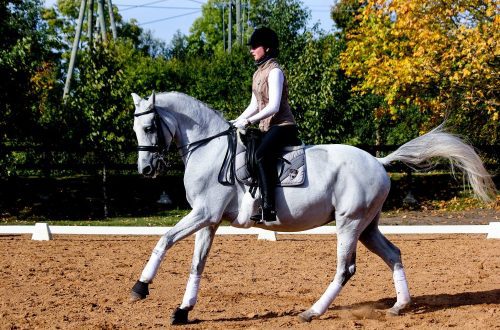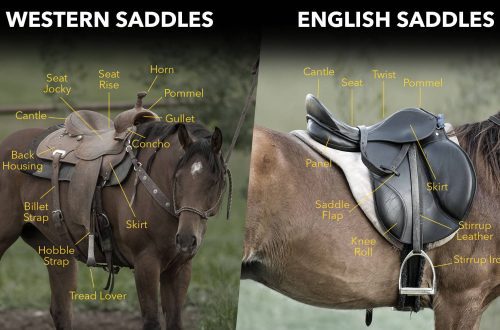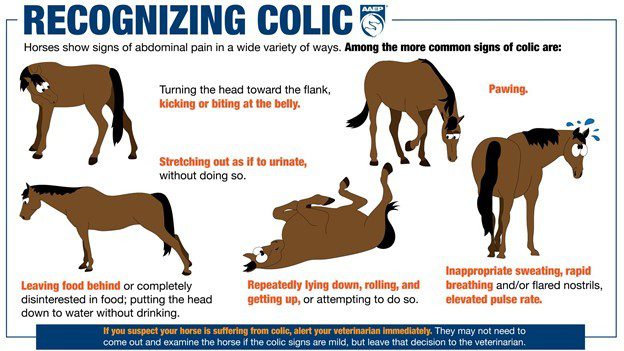
Colic in horses
Diseases of the gastrointestinal tract in horses is one of the most dangerous conditions. They can not only be extremely painful, but sometimes cause the death of the animal. What colic in horses and why they happen?
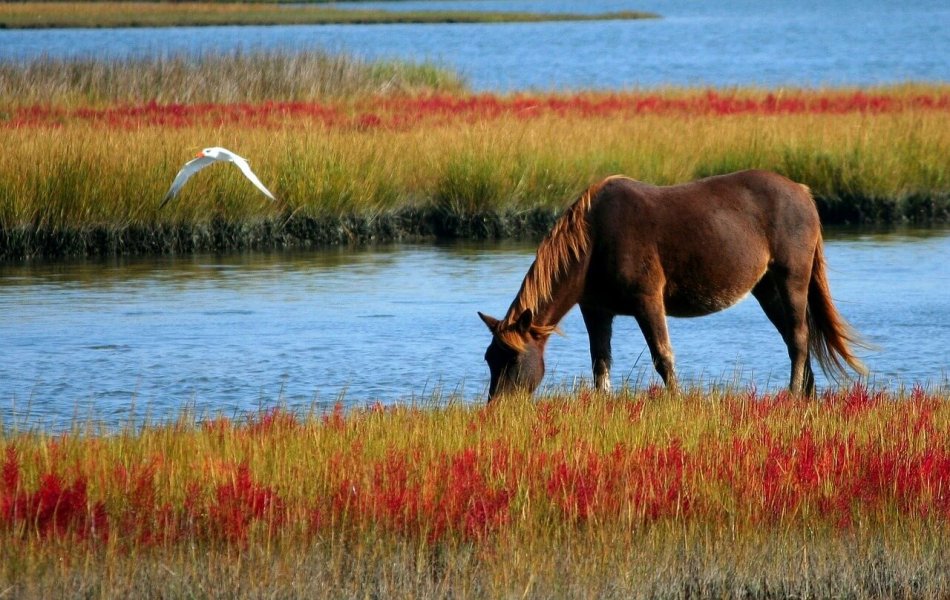

What is colic in horses?
About 70% of diseases of the digestive system are accompanied by a complex of symptoms, which is called “colic”. The very name “colic” comes from the word colon (the name of the intestine), that is, in fact, indicates pain in the colon. However, pains resembling colic also occur with many other diseases of the stomach, intestines (any department), kidneys, liver, and bladder. Therefore, at the moment, the name “colic” has become very conditional. And in a clinical sense, this means acute pain in the abdominal organs, sometimes manifested as a seizure – a consequence of convulsive contractions of the internal organs, as well as compression of nerve endings.
Features of the digestive system in horses
Horses are herbivores with a single-chamber stomach. Their digestion is perfectly adapted to the assimilation of various kinds of plant food. Horses eat slowly, chew food thoroughly and swallow it in small portions. Horses are “armed” with strong teeth and strong chewing muscles, therefore, with profuse salivation, they chew dry solid food perfectly and moisten them with saliva. Saliva plays an important role in digestion, creating an alkaline environment in the stomach – this is necessary for the action of enzymes that are produced by microflora and found in plant foods. Saliva also regulates the acid-base balance and neutralizes stomach acid. It contains substances that have a bactericidal effect (lysozyme and ingiban), it is involved in the thermoregulation of the horse’s body.
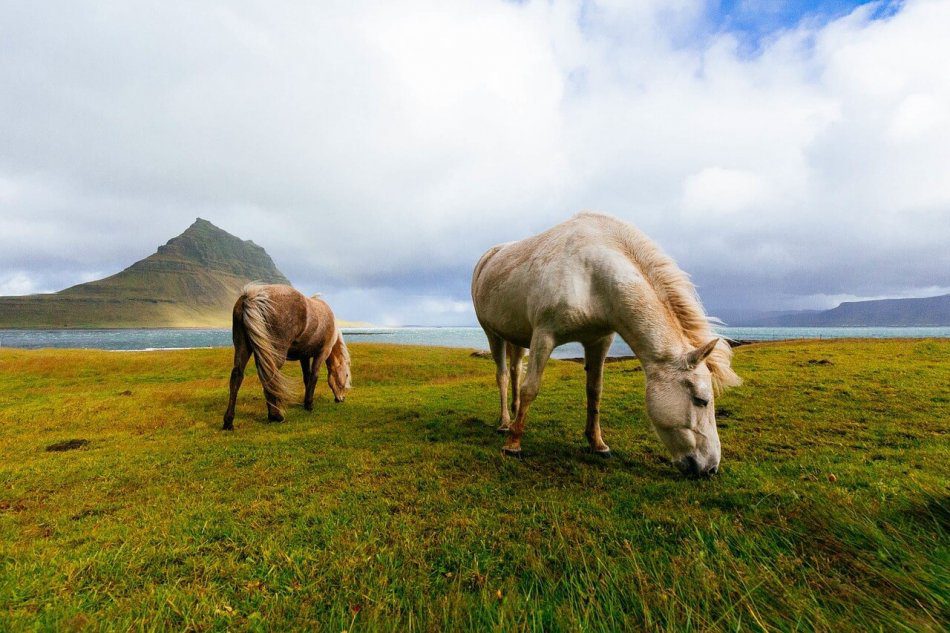



The food stays in the mouth for a short time, after which it enters the crushed, wet form into the stomach through the esophagus. The esophagus enters the stomach at an angle, and from the side of the inner surface of the stomach, the entry point is covered by a fold, which makes it impossible for gases to pass through the esophagus and vomit in a horse. The volume of the stomach, depending on the size of the horse, can vary from 6 to 16 liters.
It is important to remember that the secretion of the digestive glands in a horse proceeds continuously, and a huge amount of gastric juice (up to 30 liters) can be released per day.
The food, entering the stomach, is arranged in layers and remains there for several hours. The contents of the stomach then move to the small intestine (duodenum, jejunum, and ileum). Here, food masses are “processed” by pancreatic juice, bile and intestinal juice. The nature of the diet affects the composition of pancreatic enzymes. The mucous membrane of the small intestine is covered with a large number of microvilli (the total surface is approximately 12 sq.m), due to which the cleavage products are absorbed. From the small intestine, the food mass enters the large intestine, in particular, the cecum. For digestion in the large intestine, bacteria that break down fiber are important (in horses, the process takes place in the caecum, which plays the role of a “second stomach”, where food lingers for a long time). The large intestine contains a large number of bacteria that cause putrefaction of proteins and fermentation of carbohydrates. In this case, toxic compounds are formed that are absorbed into the blood and neutralized by the liver. The rectum comes out through the anus with the sphincter. Defecation is carried out from 5 to 12 times a day.
Why do horses have colic?
The peculiarities of the horse’s digestive system contribute to the development of diseases with the “colic” symptom complex. First of all, it is the need to chew food thoroughly. Any violations of the chewing process (dental disease, changes in the masticatory muscles, damage to the jaw joints, disease of the oral mucosa, too hard food or greedy eating of food) create prerequisites for the development of gastrointestinal diseases accompanied by colic. The state of the autonomic nervous system is also important. Clinically distinguished:
- Vagotonia is an increase in the tone of the parasympathetic system, manifested in the narrowing of the pupils, slowing and lability of the pulse, nervous arrhythmia, increased sweating at the beginning of work, rapid eating of food and insufficient chewing, increased salivation, and a tendency to diarrhea.
- Sympathicotonia is an increase in the tone of the sympathetic nervous system. Such horses are characterized by dilated pupils, tachycardia, dry skin and oral mucosa, and slow eating.
- Normotonia is the normal tone of the autonomic nervous system.
If a horse has vagotonia, due to the copious salivation, it swallows food (especially grain) very quickly, without crushing it sufficiently. These horses often have an increased secretion of the gastric glands, an increase in its motor functions and are prone to gastric catarrhs and spasmodic colic. If a horse has sympathicotonia, it chews its food thoroughly (because saliva is not secreted enough), but is prone to significant gastric dilation, atony, and stagnation of intestinal contents.
Both of these can lead to the development of colic in the horse. “






